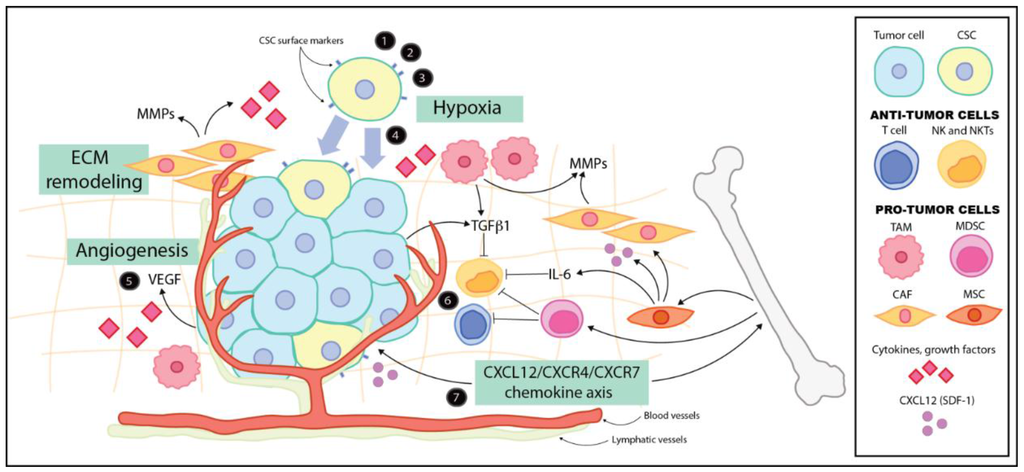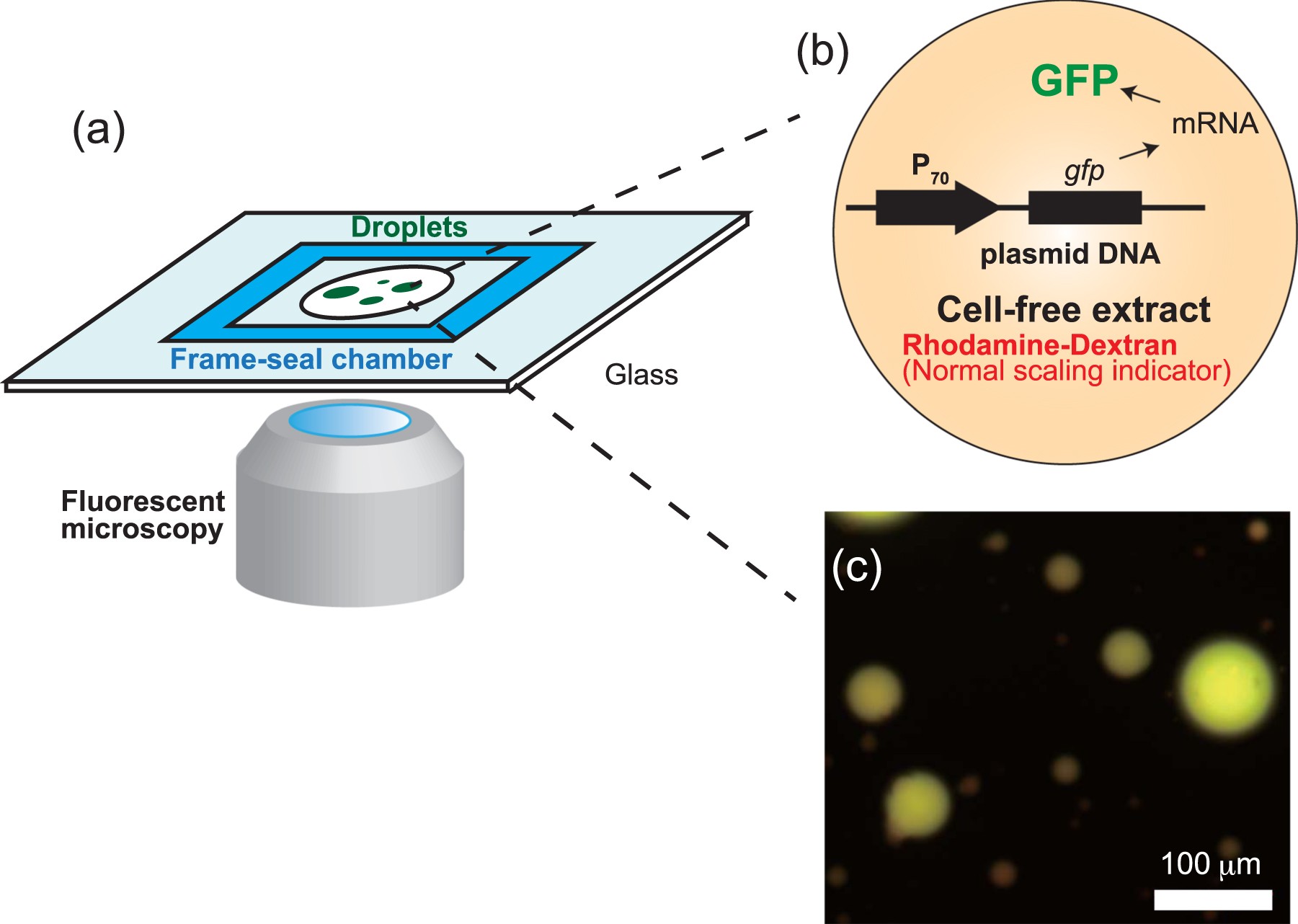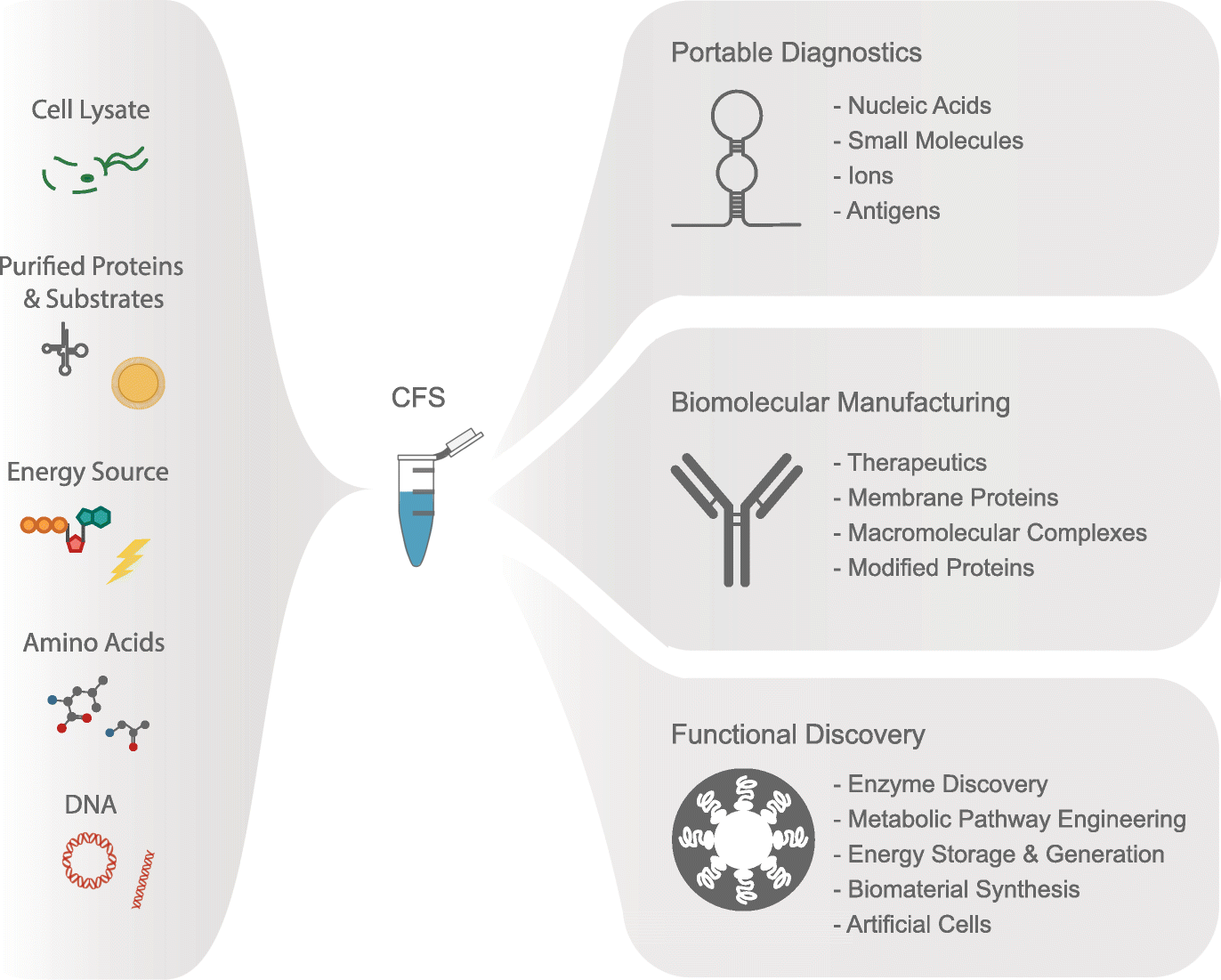Cells, Free Full-Text
Por um escritor misterioso
Descrição
The primary cilium has gone from being a vestigial organelle to a crucial signaling hub of growing interest given the association between a group of human disorders, collectively known as ciliopathies, and defects in its structure or function. In recent years many ciliogenesis proteins have been observed at extraciliary sites in cells and likely perform cilium-independent functions ranging from regulation of the cytoskeleton to vesicular trafficking. Perhaps the most striking example is the non-ciliated T lymphocyte, in which components of the ciliary machinery are repurposed for the assembly and function of the immunological synapse even in the absence of a primary cilium. Furthermore, the specialization traits described at the immunological synapse are similar to those seen in the primary cilium. Here, we review common regulators and features shared by the immunological synapse and the primary cilium that document the remarkable homology between these structures.

Advances and applications of cell-free systems for metabolic production - ScienceDirect

Cell-free mutant analysis combined with structure prediction of a lasso peptide biosynthetic protein B2
Labile coat: reason for noninfectious cell-free varicella-zoster virus in culture. - Abstract - Europe PMC

Cell-Free Synthetic Biology for Pathway Prototyping - ScienceDirect

Cell-free Fetal DNA — A Trigger for Parturition

Scheme of cell free cloning using DMF. ( A ) The full length construct

The emerging impact of cell-free chemical biosynthesis - ScienceDirect

Cancers, Free Full-Text

Anomalous Scaling of Gene Expression in Confined Cell-Free Reactions

Cell-free protein synthesis for producing 'difficult-to-express' proteins - ScienceDirect

Label-free, full-field visualization of red blood cell (RBC)

Cells, Free Full-Text
Full-spectrum cell-free RAN for 6G systems: s

Cells, Free Full-Text
de
por adulto (o preço varia de acordo com o tamanho do grupo)






